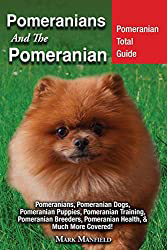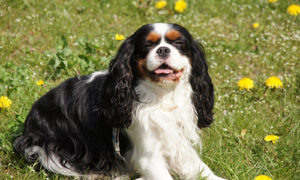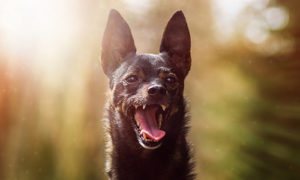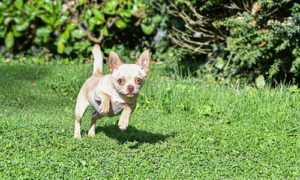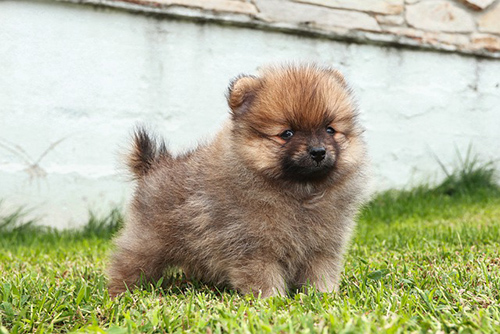
The Pomeranian is a product of spitz-type dogs used for general farm work throughout Europe. Most came from Pomerania, which is a region in Germany. However, you can trace the breed’s ancestors to dogs from other parts of Europe as well. These dogs are much larger, some weighing as much as thirty pounds. Breeders from Britain are responsible for developing the type we know today. The breed was not very popular and remained ambiguous for over a century until Queen Victoria acquired a Pomeranian named Marco during a trip to Italy. Thanks to the Queen, interest in the breed soared to new heights, and it became one of the most popular pets of the Victorian era.
Pomeranian Breed Standard
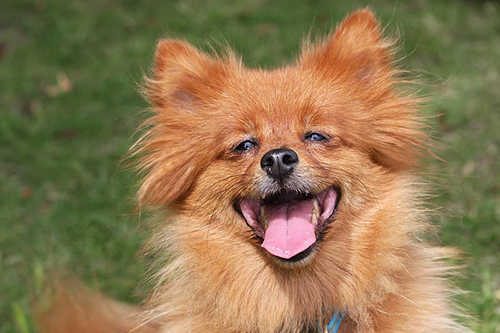
This breed is a compact, short backed, well-balanced, and sturdy dog. It is essentially a miniature type of Nordic dog, with all the trademark qualities of that group. The dog has a dense, stand-off double coat; a short neck; high head carriage; a short, level back; and a voluminously plumed tail, set high and laid flat over the top of the back. The Pomeranian has a slightly rounded skull; a short, straight, tapered muzzle; small, high-set, erect ears; and dark, bright, almond-shaped eyes, and the expression is almost foxlike.
Pomeranian Temperament
Although the Pomeranian classifies as a toy companion breed, they retained its working-dog ancestors’ bold and fiery disposition. This dog is a bubbly and inquisitive little companion dog. Poms are extroverted and fearless, and they have keen senses and sharp instincts to protect their territory. This breed is exceptionally loyal and makes an excellent watchdog, and it makes the most out of every day. Also, Pomeranians are reserved with strangers, and some are aggressive toward other dogs.
Breed Facts
- POPULARITY: Very popular
- FAMILY: Spitz
- AREA OF ORIGIN: Germany
- DATE OF ORIGIN: 1800s
- ORIGINAL FUNCTION: Companion
- TODAY’S FUNCTION: Companion
- OTHER NAME: None
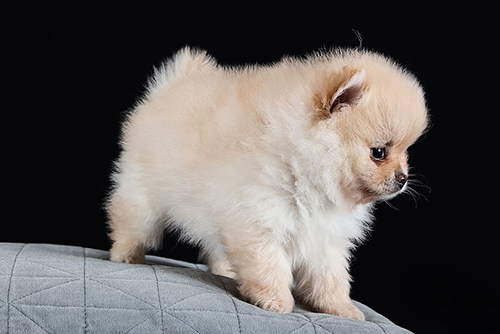
Activity level: These dogs need exercise on a regular daily basis, preferably within a fenced-in yard. Also, please do not leave them outdoors during hot weather because they can overheat.
Grooming: Pom’s need brushing at least twice weekly and a trimming occasionally to maintain neatness.
- Coat: The Pomeranian possesses a dense, stand-off double fleece consisting of a long, straight, harsh wire coat and a soft, dense undercoat. The fur is more massive on the neck, shoulders, and chest, with shorter layers on the head and legs. Also, long, harsh, straight hair covers the tail.
- Color: This breed is the owner of a vast array of colors, including black and tan, brindle, parti-color, red, orange, cream, sable, black, brown, and blue.
Health
- MAJOR CONCERNS: patellar luxation
- MINOR CONCERNS: open fontanel, hypoglycemia, shoulder luxation, PRA, entropion
- OCCASIONALLY SEEN: tracheal collapse, PDA, Legg-Perthes
- SUGGESTED TESTS: knee, eye, cardiac, hip
- LIFE SPAN: 12-16 years
- WEIGHT: 3-7 pounds, preferably 4-5 pounds
- HEIGHT: 8-11 inches
Pomeranian Breeders and Buying Advice
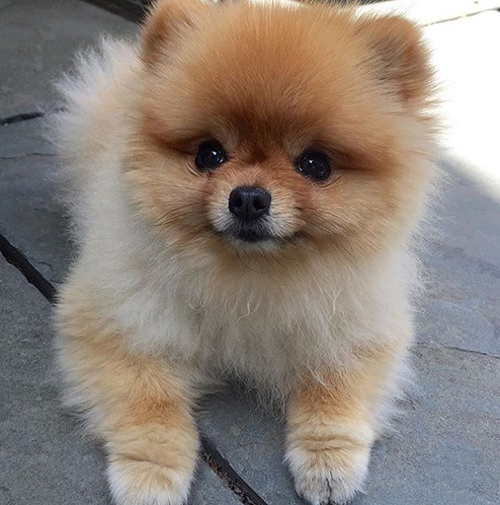
Make sure to choose a puppy from a reputable breeder, and do not buy a puppy impulsively. Always enquire about a written contract and health guarantee before any money exchange hands.
- Parent club: American Pomeranian Club (www.ampomclub.org); founded in 1900
- Regional clubs: You can find information about local clubs on the APC website.
- Pomeranian rescue: You can gain access to contact information for the APC’s Rescue Coordinator and regional rescue groups on the website’s rescue page.
Pomeranian Price
Like all other breeds, the price of a Pomeranian depends on an assortment of different factors. The average cost of a Pom can range anywhere from $600 to $1600. However, if you look for Pomeranians that are “show quality,” a breeder can charge you up to $5000 or much more for dogs from award-winning lineage.

